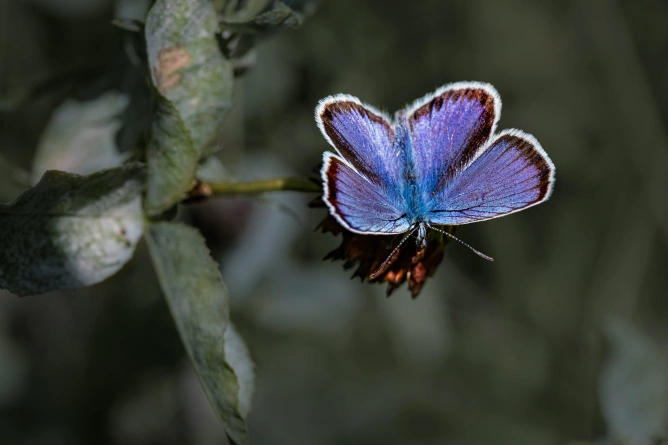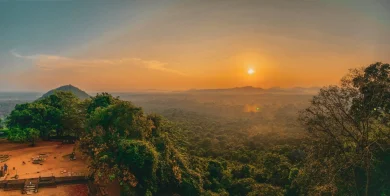
Butterflies, symbols of natural diversity, are becoming increasingly monochromatic due to the destruction of tropical forests and their replacement with uniform eucalyptus plantations. Research in Brazil highlights that as natural habitat degrades, butterflies lose their bright colors, adapting to a poorer environment. These changes not only affect physical appearance but also reflect a loss of ecosystem complexity. Studies show that colorful species are rapidly disappearing due to deforestation, leaving behind less colorful species. Researchers warn that this "decoloration of nature" is a signal of the accelerating ecological crisis. However, there is hope: regenerated forest areas can recover the diversity of butterfly colors, providing a chance to restore natural beauty.








